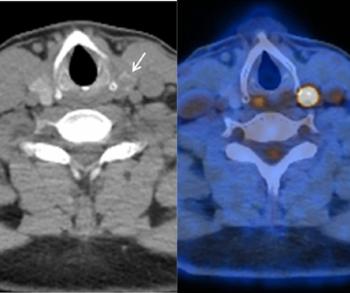3T Head-Only MRI System Gets FDA Clearance
The Signa Magnus MRI device offers a slew rate and gradient amplitude that are reportedly superior to those of 60 or 70 cm bore whole-body MRI systems.
The Food and Drug Administration (FDA) has granted 510(k) clearance for the Signa Magnus system, a 3T magnetic resonance imaging (MRI) system for head-only scanning.
Featuring HyperG gradient technology, the
Noting an asymmetrical design that shifts the gradient isocenter to the patient edge of the coil, GE HealthCare said the head-only emphasis of the system facilitates a gradient amplitude and slew rate that exceed those of conventional whole-body MRI platforms.
“We're very excited about the capabilities Signa Magnus provides,” said Kawin Setsompop, Ph.D., an associate professor of radiology at Stanford University. “I plan to leverage the gradient performance to look at microstructures with diffusion imaging, such as axonal diameter. Additionally, using the high slew rate for efficient readout in terms of EPI and spiral to sample k-space faster will help achieve higher resolution with fewer artifacts.”
Newsletter
Stay at the forefront of radiology with the Diagnostic Imaging newsletter, delivering the latest news, clinical insights, and imaging advancements for today’s radiologists.





























